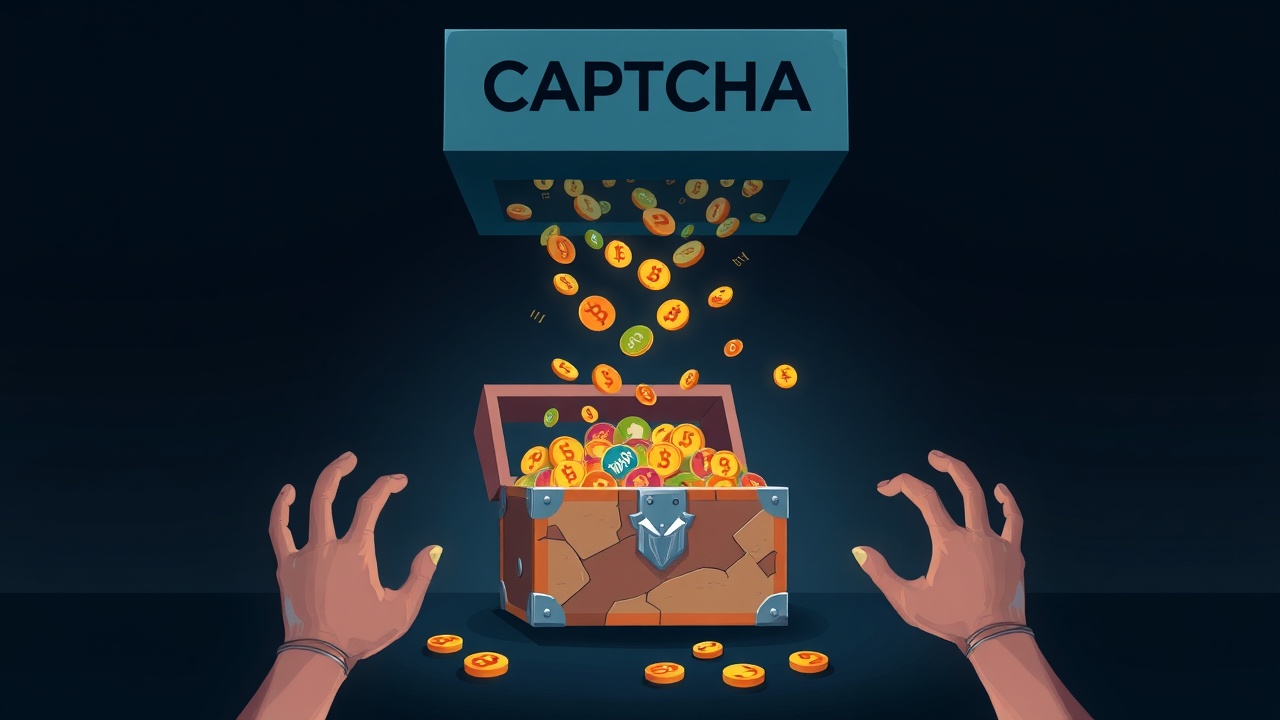Introduction to EDDIESTEALER
In a recent report, Elastic Security Labs has identified a new and sophisticated malware known as EDDIESTEALER, developed using the Rust programming language. This particular strain poses as an “infostealer,” which means its primary aim is to infiltrate and harvest personal information, including passwords, browser data, and various computer credentials.
Deceptive Tactics Used by Cybercriminals
Cybercriminals employ deceptive tactics to attract potential victims by replicating common online interacting elements such as CAPTCHA pop-ups that suggest a user must prove they are not a robot. In reality, these phishing attempts redirect unsuspecting users to malicious sites, where they are instructed to execute a PowerShell command.
Malware Functionality and Capabilities
“Unbeknownst to the victim, this command triggers the download of a harmful PowerShell script that later retrieves the EDDIESTEALER binary from a remote server.”
The malware is designed to decrypt its inner components, initialize Windows functions, and establish a connection with the hackers’ servers to perform a series of malicious actions.
EDDIESTEALER boasts the ability to scan for files pertinent to cryptocurrency, such as wallet configurations and JSON keystrokes, which may lead to the extraction of sensitive information including private keys, seed phrases, and passwords. This capability poses a significant risk, as it opens up avenues for attackers to deplete victims’ cryptocurrency wallets.
Bypassing Browser Security
While sensitive details stored in modern browsers like Chromium are typically encrypted, EDDIESTEALER can circumvent these protections by utilizing a tool called ChromeKatz. This tool allows the malware to access the memory of the browser and siphon sensitive data directly.
Self-Deletion Techniques
To conceal their activities after stealing personal information, the malware systematically deletes itself, leaving minimal trace of its presence. This advanced evasion technique enhances the challenges faced by cybersecurity professionals aiming to track and neutralize such threats.




